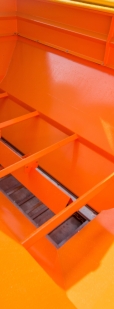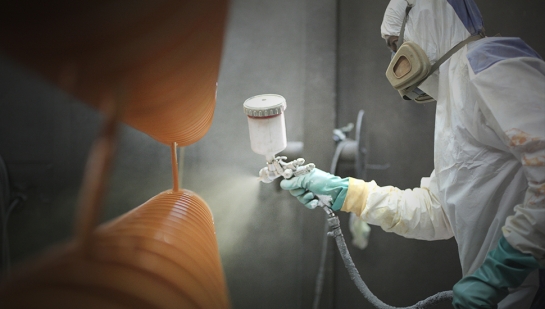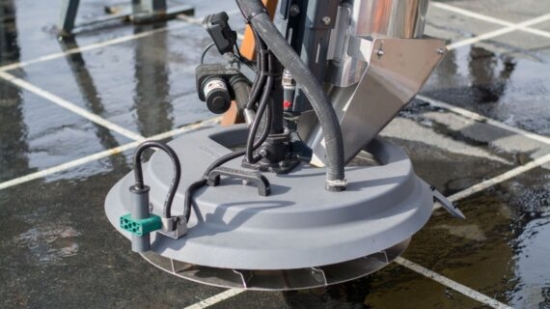5 steps for the maintenance of the salt spreader at the end of the winter service
From cleaning the spreader and checking the hydraulic and electrical systems to protecting the surface and storing it safely, follow these steps to get your salt spreader ready for the next season.
Salt spreaders are an indispensable part of the equipment for the maintenance of transport infrastructure in winter. However, after winter service is completed, spreaders need to be thoroughly maintained to ensure their longevity and performance for the next season. In this text, we explain in detail what steps must be taken to prepare the spreaders for storage and to avoid damage and malfunctions.
5 salt spreader maintenance steps
1. Cleaning the remaining spreading material
It is necessary to empty all the material from the salt spreader and rinse both containers (both for the dry and liquid agent) thoroughly with clean water. All external parts of the spreader that are dirty or have come into contact with salt should also be thoroughly washed. Special attention should be paid to the liquid agent pump, which must be cleaned so thoroughly that clean water flows through the system during washing (it is enough if the tank is filled to a quarter). To prevent the pump from being damaged during freezing, antifreeze must be filled into the pump. Also, the main filter of the liquid spreading system must be flushed with clean water.
2. Checking the hydraulic system
It is necessary to check the entire hydraulic system of the salt spreader. If oil leaks, e.g. due to damage of the hydraulic hose, it must be replaced immediately.
3. Checking the electrical installation
Thoroughly check all cables and sockets on the salt spreader body and repair any damage. If the couplings are corroded, it is necessary to remove the cause of corrosion and clean the corroded element. It is recommended to use a contact spray and then adequately protect the element from further corrosion.
4. Surface protection
After thoroughly washing and drying the equipment, perform an inspection of the entire salt spreader and locate the places where damage has occurred, i.e. damage to the surface protection. Remove the rust by hand or machine (depending on the location) and sand the surrounding areas. Of course, if the area is larger, it is necessary to perform the above work with a sandblasting machine. The surface must then be painted with a primer and allowed to dry for up to 5 hours (depending on conditions), after which a polyurethane varnish of the appropriate color is applied. The hydraulic components, i.e. the couplings and the hydraulic motor, must be thoroughly washed and preserved with a layer of wax.
5. Storage
Store the salt spreader in a suitable place, preferably protected from external influences and bad weather conditions. Remove the electronics, i.e. the spreader’s control units from the cabin, store them properly in a dry place and label them so that the units cannot be mixed up later.
To ensure long-term and efficient use of the salt spreader, it is necessary to perform a number of steps after use. It is necessary to thoroughly clean all parts, check the hydraulic and electrical system and remove any damage to the surface protection. After the spreader is prepared for storage, it must be kept in a safe place and the control unit must be disassembled. With proper maintenance and storage, the spreader will be ready for use in the next season.








